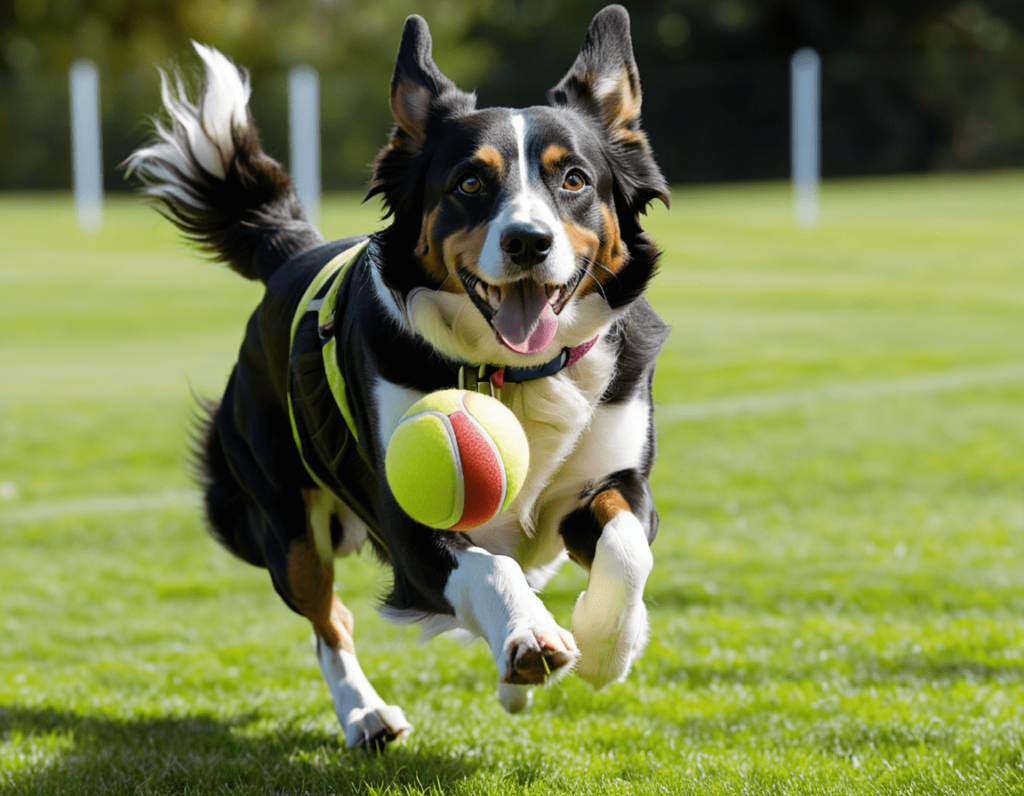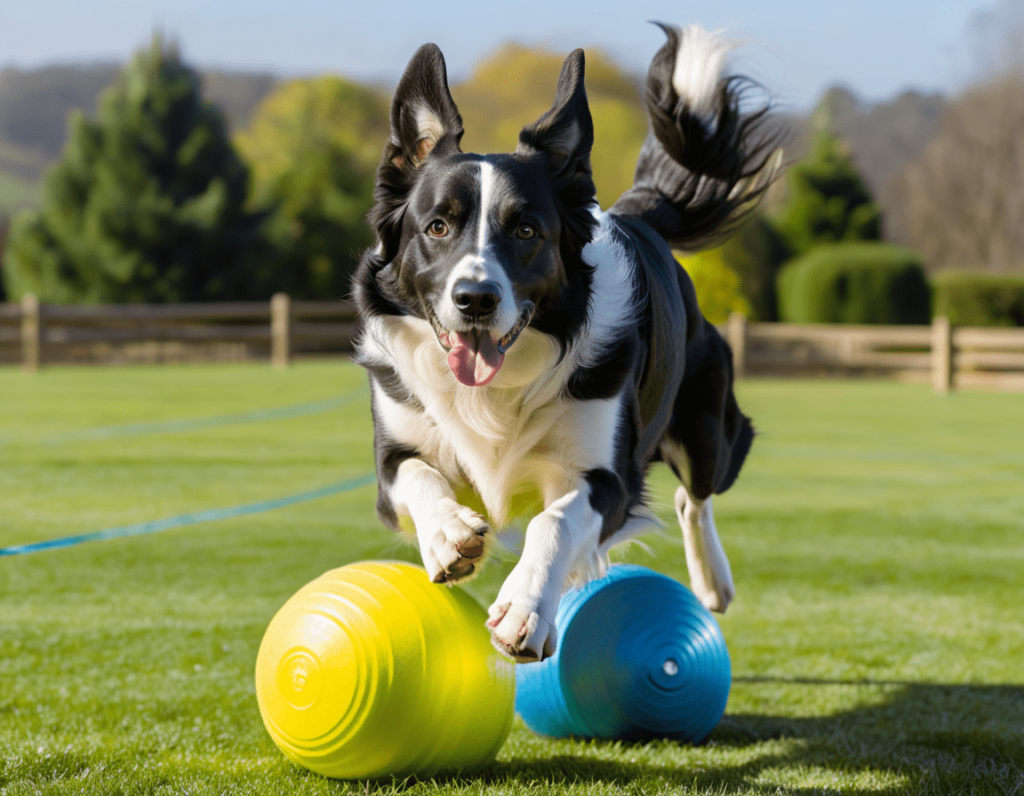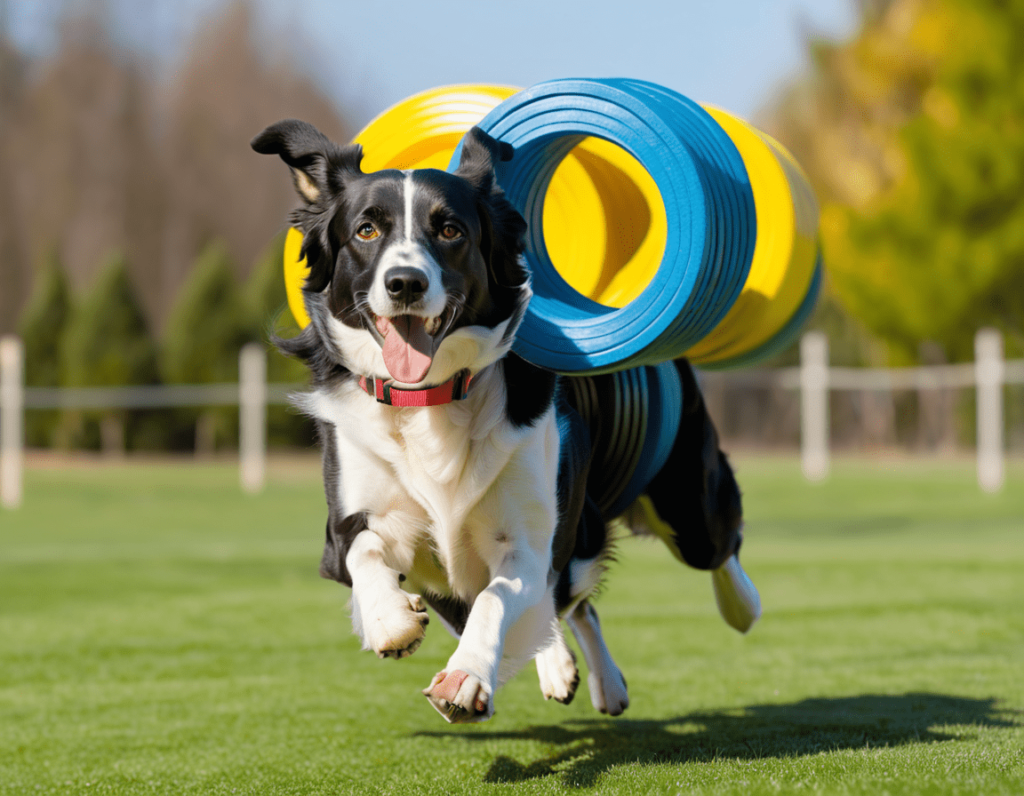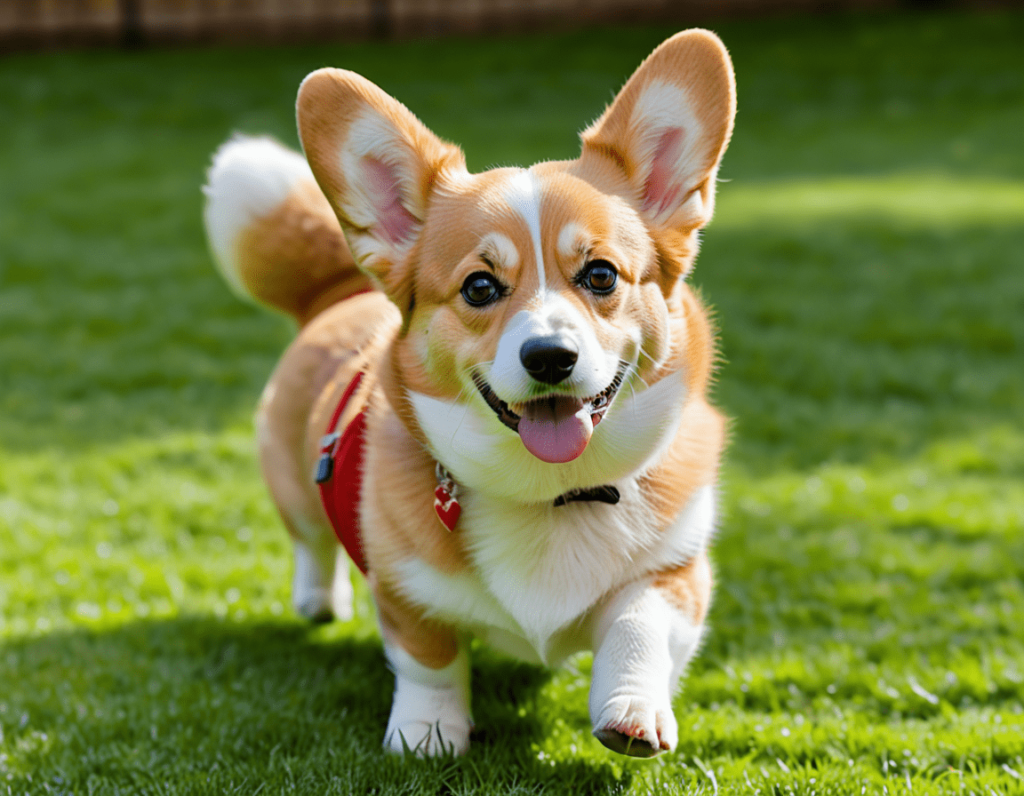
Exercise Needs for Different Dog Breeds: Keeping Your Pup Fit and Happy
Every dog owner knows that a tired dog is a happy dog. But what does that really mean? Just like people, different dog breeds have different exercise needs. Understanding these needs is key to keeping your furry friend healthy, happy, and out of trouble (because, let’s be honest, an energetic dog can quickly turn your living room into a chaotic playground). In this article, we’ll break down the exercise requirements for various dog breeds, sprinkle in some humour, and help you figure out just how much playtime your pup really needs.
The Importance of Exercise
Before we dive into specific breeds, let’s talk about why exercise is essential for dogs. Regular physical activity helps maintain a healthy weight, reduces the risk of health problems, and keeps your dog’s mind sharp. Plus, it gives them a chance to sniff every tree and mailbox on the block—important work for any pup!
Low-Energy Breeds: Couch Potatoes Unite!
Some dogs are just naturally more laid-back. If you have a couch potato breed, don’t worry; they’re more than happy to join you for a Netflix binge (as long as there are snacks involved).
- Bulldogs: These lovable lumps don’t need much exercise—around 30 minutes a day is usually enough. They prefer short walks and plenty of naptime. Just don’t be surprised if they try to nap on your lap during your favourite show!
- Shih Tzus: With their adorable fluffy coats and charming personalities, Shih Tzus enjoy short walks and play sessions. They only need about 20-30 minutes of exercise each day. Perfect for families who want a pup that’s more about cuddles than cardio.
- Basset Hounds: Known for their droopy ears and adorable faces, Basset Hounds are another low-energy breed. A leisurely stroll around the block (30 minutes max) will suffice, and they’ll likely want to stop and sniff everything along the way—who can blame them?
Moderate-Energy Breeds: Ready for Some Fun!
Moderate-energy breeds fall somewhere in between the couch potatoes and the hyperactive hounds. These dogs enjoy some playtime but are just as happy chilling on the couch.
- Cocker Spaniels: These friendly pups need about an hour of exercise each day. They love to run and play but also appreciate some downtime with their humans. If you see them chasing their tail, just know they’re training for the Dog Olympics.
- Beagles: With their curious noses and playful nature, beagles need around 60 minutes of exercise daily. They love to explore, so walks that involve lots of sniffing will keep them entertained. Just be careful; they might try to follow a scent all the way to the neighbour’s barbecue!
- Boxers: Full of energy and personality, boxers require about an hour of exercise a day. They love playing fetch and can turn any game into an exciting competition. Boxers are known for their playful antics, so expect some goofy moments—like that time they tried to jump into the pool and ended up belly-flopping!

High Energy Breeds: Let the Games Begin!
If you have a high-energy breed, be prepared for an active lifestyle! These dogs are full of life and need a lot of exercise to keep them happy and healthy.
- Border Collies: Known as the smartest dog breed, Border Collies require a whopping 90 minutes to 2 hours of exercise every day. They thrive on mental and physical challenges, so be ready to invest some time in training and play. Just remember: if you don’t give them enough to do, they might take it upon themselves to herd your kids or the mailman!
- Labrador Retrievers: Labs are energetic and love to play fetch, swim, and run. They need at least 1-2 hours of exercise daily. Their enthusiasm for activity is infectious, but be prepared for them to try to steal your sandwich during lunch!
- Australian Shepherds: These active pups require at least 1-2 hours of exercise each day. They need plenty of mental stimulation and enjoy activities like agility training, hiking, or playing fetch. Just be careful—if they get bored, they might take over your backyard as their personal race track!
Additional Tips for Keeping Your Dog Active
Now that you know the exercise needs for different dog breeds, let’s explore some practical tips to ensure your furry friend stays fit and entertained. After all, a happy dog means a happy home!
1. Mix It Up!
Dogs can get bored with the same old routine, just like we do. Try to incorporate different activities into your dog’s exercise regimen. Here are some ideas:
- Change Your Walking Route: Explore new parks or neighbourhoods to keep walks interesting.
- Play fetch in different locations: Take your pup to a local field or beach where they can run freely.
- Join a Dog Sport: Agility, flyball, or obedience classes are great ways to challenge your dog mentally and physically.
2. Incorporate Mental Stimulation
Exercise isn’t just about physical activity; mental stimulation is equally important. Here are some fun ways to keep your dog’s brain engaged:
- Puzzle Toys: Invest in toys that dispense treats when solved. Your dog will have a blast figuring them out!
- Hide and Seek: Play this classic game by hiding and calling your dog to find you. It’s a great way to bond while giving them a workout.
- Training Sessions: Teaching new tricks or reinforcing commands keeps your dog sharp and strengthens your bond.
3. Schedule Regular Playdates
Socialising with other dogs can be a fantastic way for your pup to burn off energy. Arrange playdates with friends’ dogs or visit a dog park. Just make sure to supervise interactions to ensure everyone plays nice!
4. Keep an Eye on Weather Conditions
Extreme weather can impact your dog’s exercise routine. During hot summer days, opt for early morning or late evening walks to avoid overheating. In winter, be mindful of icy surfaces and keep walks shorter if it’s too cold. And if your dog is anything like mine, they might prefer to curl up on the couch than venture out into a snowstorm!
5. Listen to Your Dog’s Needs
Every dog is different, and their exercise needs may change based on age, health, and energy levels. Always pay attention to your pup’s cues. If they seem tired or uninterested, don’t push them too hard. After all, they’re not training for the canine Olympics (unless, of course, they think they are!).

Conclusion: Find the Right Balance
Every dog is unique, and their exercise needs can vary even within breeds. It’s essential to consider your dog’s age, health, and individual personality when determining their exercise requirements. While some dogs may be happy with a leisurely stroll, others need an action-packed adventure every day.
By understanding your dog’s exercise needs, you’ll not only keep them healthy but also strengthen your bond as you enjoy playtime together. So, grab a leash, a few toys, and get ready for some fun! And remember, a little exercise goes a long way—especially when you’re trying to convince your dog that a cat video isn’t the best way to spend the afternoon.
Remember, dogs are not just pets; they’re family members. By prioritising their exercise and well-being, you’re investing in a happier, healthier life for both you and your furry companion. And who knows? You might find that those long walks lead to deeper conversations (even if it’s just you talking to yourself while your dog sniffs every lamppost).
Exercise Needs for Different Dog Breeds: FAQs
1. How much exercise does my dog need?
Answer: The amount of exercise your dog needs depends on their breed, age, and energy level. Generally, most dogs require at least 30 minutes to 2 hours of exercise daily. High-energy breeds, like Border Collies and Labrador Retrievers, may need more, while low-energy breeds, like Bulldogs and Shih Tzus, may be satisfied with shorter walks.
2. What are the signs that my dog needs more exercise?
Answer: If your dog is displaying excess energy, such as bouncing off the walls, excessive barking, or destructive behaviour, they may need more exercise. Additionally, a dog that constantly seeks attention or initiates play may also be indicating they need more physical activity.
3. Can I exercise my dog indoors?
Answer: Absolutely! There are plenty of ways to keep your dog active indoors, especially during inclement weather. Consider playing fetch in a hallway, setting up an obstacle course, or using puzzle toys to keep their mind and body engaged. Just be mindful of your furniture!
4. What types of exercises are best for my dog?
Answer: The best exercises for your dog depend on their breed and preferences. Common options include walking, running, playing fetch, swimming, or engaging in dog sports like agility training. Always choose activities that your dog enjoys to keep them motivated!
5. Are there any breeds that don’t need much exercise?
Answer: Yes! Low-energy breeds like Bulldogs, Basset Hounds, and Shih Tzus typically require less exercise compared to high-energy breeds. While they still need regular walks and playtime, their exercise needs are generally less demanding.
6. How can I tell if my dog is getting enough exercise?
Answer: A well-exercised dog should be calm and content, not overly hyperactive or restless. They should also maintain a healthy weight, have good muscle tone, and exhibit positive behaviours like playing and interacting without excessive chewing or barking.

7. Can my dog get too much exercise?
Answer: Yes, it is possible for dogs to overdo it, especially if they are not used to intense activity. Signs of overexertion include excessive panting, lethargy, limping, or reluctance to continue exercising. Always pay attention to your dog’s limits and adjust their routine as needed.
8. What should I do if my dog doesn’t enjoy exercise?
Answer: Not all dogs have the same enthusiasm for exercise. Try to find activities that engage your dog, such as playing with other dogs or using toys that stimulate their instincts. Sometimes, a little creativity can make exercise more fun for them!
9. How do exercise needs change as dogs age?
Answer: As dogs age, their exercise needs may decrease. Senior dogs may benefit from shorter, more frequent walks rather than long runs. Always consult your veterinarian to determine the appropriate exercise routine for your ageing dog.
10. What if I have a busy schedule and can’t exercise my dog enough?
Answer: If your schedule is tight, consider hiring a dog walker or enrolling your dog in daycare to ensure they receive enough exercise and socialization. Interactive toys can also keep them entertained when you’re busy. Remember, a tired dog is a happy dog!
By answering these common questions, you can provide valuable information for dog owners looking to understand their pet’s exercise needs better. Keeping our furry friends active is key to their happiness and well-being!


